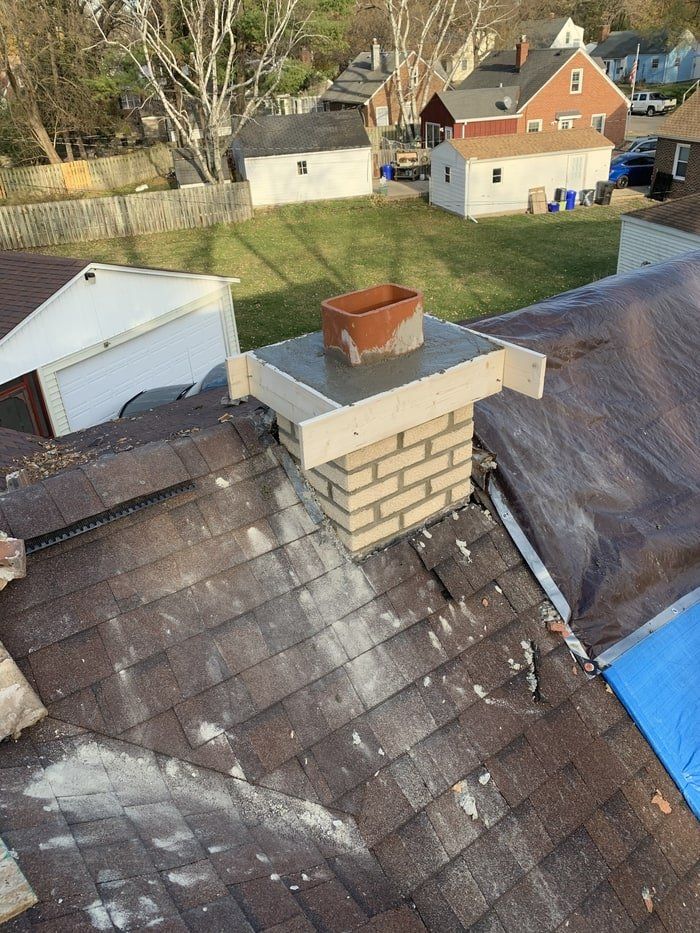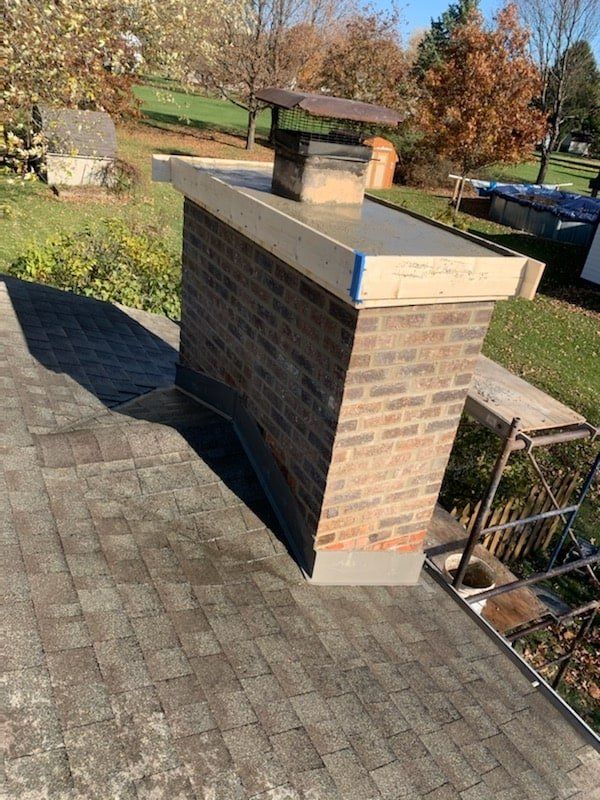Why is there a dripping sound coming from my fireplace?
Children are not the only ones scared by unfamiliar or frightening noises. Mature homeowners usually become alarmed when they hear bangs, bumps, or other sounds resonating from their houses—that’s because these strange sounds might mean insane home-repair bills. Although some house noises do certainly suggest that it’s time to call in an expert, others point to manageable problems that homeowners can resolve on their own.
At any moment, you hear dripping in the house – and it’s not coming from a sink – there’s a valid reason to be concerned. Water is barely a friend to home interiors, except when there’s a cleaning process involved.
In case you hear dripping from your fireplace when it rains, it could indicate that rain is getting its way down your chimney. You should put an end to this, or the metal firebox within your fireplace might rust, inducing a fire risk. The source of the problem could be as simple as a displaced chimney cap or loose flashing.
Fireplace leaking
Take a minute to inspect inside the fireplace for staining on the lintel or rust on the damper. Some fireplace water leaks are so massive that the damper becomes rusty, causing it not to close or open accordingly. The mortar that holds the fireplace firebrick is usually water-soluble. This will create open mortar joints in the back wall of the firebox. Bricks will become loose in extreme circumstances.
Fixing all safety elements of your firebox or fireplace damper is required, and we always desire to stop the chimney leak entirely. If you just repair the leak, then you’ll see yourself summoning your fireplace repairman annually to repair the same chimney leak problem that caused your damage to begin with.
In case fireplace leak cracks are centralized mid of the damper, and noticeable water stains are present on the flue tiles, verify if your chimney cap is there and performing its function. Although there is a cap, if it’s too small, wind-driven rain usually permits a significant amount of water in.
Causes of cracks in the fireplace
Among the most usual causes of cracks, particularly hairline cracks, is the cooling of the panel prompting it to contract, then the heating up of a panel triggering it to expand. When this process occurs over and over, then hairline cracks may develop.
Other causes can include:
- Faulty panels - Manufacturers seldom have some panels that are not cured accurately or got bumped or dropped at the factory. These may not crack until placed or they are exposed to a fire.
- Thermal shock - This happens when someone throws water into a fireplace to put out a few remaining live coals, and the water hits a hot panel.
- When moving a block of wood in a burning fireplace with a metal stoker rod and the panel gets bumped too hard, it may cause damage.
- Panels may become damaged or cracked because of extreme heat from an improper fire in the firebox area. The fire may have been produced excessively or not positioned precisely in the fireplace; hence the panels get exposed to extreme heat.
Chimney leaking
Chimneys are often a source of dripping water, particularly after a violent rain. Chimney leaks can likewise develop at the end of winter when piled snow and ice melt.
These types of leaks are specifically prevalent in “prefab” chimneys. Rather than masonry or brick construction, prefab chimneys are structures built on-site of wood. A fireplace insert is installed, and the exterior is polished with T1-11 plywood, cedar boards, or aluminum or vinyl siding. You can simply recognize a prefab chimney because its exterior elements match the rest of the house.
The source of leaks in prefab chimneys commonly starts at the top, and can usually be tracked down to the original construction. Unseemly flashing around the chimney cap is a typical dilemma. This is because different work crews usually construct the chimney and don’t certainly communicate with one another. Frequently the work is done casually, with little attention to detail or solely utilizing cheap materials.
In other circumstances, a sheet metal worker might have provided various pipes protruding from the roof – exhaust, fireplace, or water heater – by forming a “gift box roof.” Holes are formed in the sheet metal for the different pipes, and spaces around the holes filled with caulk.
Signs of water in your chimney
The first measure in repairing a leaky chimney is determining the problem. Some leaks are visible and leave significant signs like drops in your fireplace after a downpour. Others are less obvious though still damaging. Visually check the bricks of your chimney and fireplace.
First, look for chimney spalling. This is when the surface of the masonry is broken, cracked, flakes away, or merely missing. You may notice pieces of stone or brick on your roof or the ground. This happens when the chimney suffers moisture or water damage. Extreme moisture piercing the mortar can lead to spalling.
Efflorescence is another indication of water damage to your chimney. It is the formation of a crystalline coat on the surface of brickwork. Efflorescence may appear because of rain, though it can likewise come from condensation forming inside your chimney.
Potential damage from water in your chimney or fireplace
There are several reasons you must be on the look out for water coming through your chimney or fireplace. Along with mildew or mold, there are various ways water can damage your fireplace, chimney, or home:
- Corroded wood and supports near the fireplace
- Impaired home support
- Damaged flue lining system
- Rusted chimney interior and exterior
- Stained fireplace accessories or glass doors
- Deteriorated or rusted firebox assemblies
Prevent fireplace and chimney leaks
Usually, if you hear water dripping in your fireplace, check if there’s a leakage. If there’s a leakage, the problem has already worsened than the original issue. Schedule a regular chimney inspection to detect problems before they occur.
An annual chimney inspection will inform you of some damages or changes to your fireplace system. These inspections usually reveal trivial problems that can be immediately and cheaply repaired before they turn into huge and high-priced concerns.
An expert can detect issues in your fireplace you haven’t marked yet, and fix problems without major remodeling. You risk costly water infiltration and damage to the chimney and other important details of your home if you neglect water problems.
Identifying the source of the dripping sound and locating the source is tiresome and time-consuming; however, very meticulous. When you finish, you'll perceive where the leak is and will solve the problem in a matter of time.



